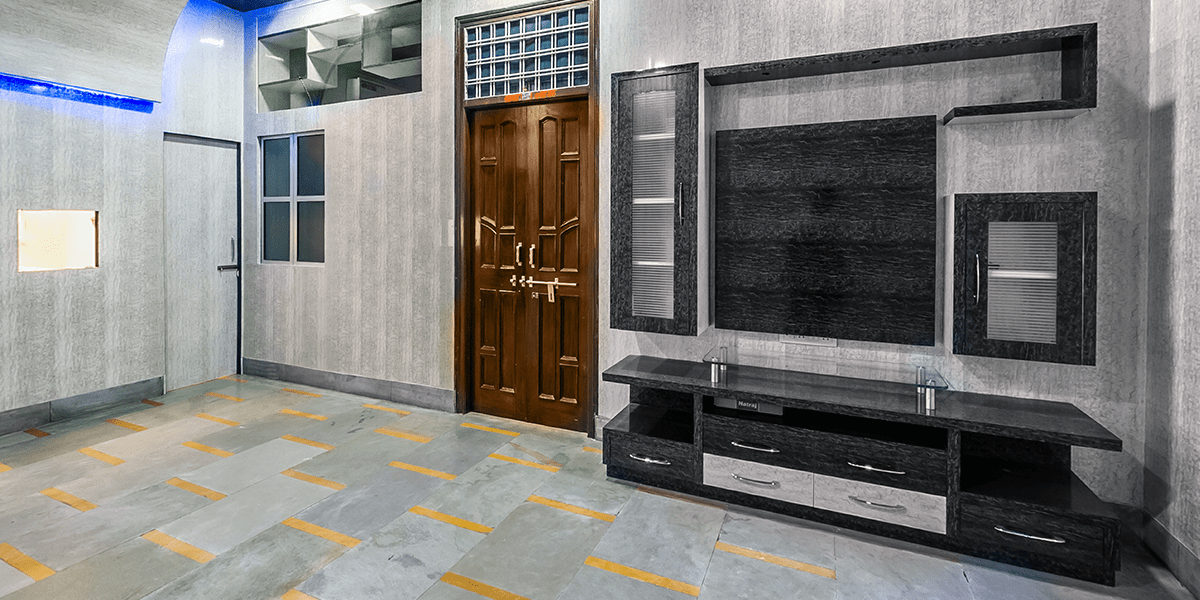PVC is replacing traditional building materials such as wood, metal, concrete, and clay in many applications.
Versatility, cost-effectiveness, and an excellent record of use mean it is the most important polymer for the construction sector, which accounted for 60 percent of European PVC production in 2006.
Polyvinyl chloride, PVC, is one of the most popular plastics used in furniture industries nowadays. It is used in drinking water and wastewater pipes, window frames, flooring and roofing foils, wall coverings, cables, and many other applications as it provides a modern alternative to traditional materials such as wood, metal, rubber, and glass. These products are often lighter, less expensive, and offer many performance advantages
- Strong and lightweight: PVC’s abrasion resistance, lightweight, good mechanical strength, and toughness are key technical advantages for its use in building and construction applications.
- Easy to install: PVC can be cut, shaped, welded, and joined easily in a variety of styles. Its light weight reduces manual handling difficulties.
- Durable: PVC is resistant to weathering, chemical rotting, corrosion, shock and abrasion. It is therefore the preferred choice for many different long-life and outdoor products. In fact, medium and long-term applications account for some 85 per cent of PVC production in the building and construction sector.
- Cost-effective: PVC has been a popular material for construction applications for decades due to its physical and technical properties which provide excellent cost-performance advantages. As a material it is very competitive in terms of price, this value is also enhanced by the properties such as its durability, lifespan, and low maintenance.


